Good day fellow investors. Today we’re digging into Edenred, the prepaid corporate payments specialist spun off in 2008. A suggestion from Stefan popped up on my research platform: a pay ratio of 10, a 5% dividend yield, and 10% projected growth. With the stock now trading at roughly a third of its earlier highs, it’s time to see if these metrics—and the business behind them—still make Edenred compelling.
Robust, Scalable Business Model
At its core, Edenred offers earmarked payment solutions. Corporations preload digital cards and mobile apps with employee benefits—mostly used for meals. This creates a powerful network effect:
- Employees get discounts at partner restaurants.
- Merchants increase foot traffic and loyalty.
- Corporations enjoy simplified benefits administration.
On the surface, everything looks solid. Edenred operates in 45 countries, with diverse revenue streams. But no model is flawless. Italy enforces regulatory caps on meal vouchers. France is debating reforms that could squeeze margins. And a recent acquisition in Brazil has added complexity and debt. Still, expanding network effects could offset those headwinds by driving higher usage and stickiness.
Dividend and Buyback: Double-Digit Yield
Edenred’s capital return policy is eye-catching. They just announced a €600 million buyback—over 10% of market cap—on top of a 5% dividend yield. Combined, shareholders are looking at more than an 11% immediate yield. That’s aggressive for a business of this scale, but it also signals management’s confidence in cash flows.
Risks lurk on the horizon. High buyback levels increase financial leverage, and Edenred already carries significant debt. We’ll revisit that.
Financial Performance and Growth Trajectory
Edenred has delivered consistent top-line expansion without sacrificing margins.
- Gross margins have ticked up over recent quarters.
- Revenues continue to grow at mid-single digits.
- Earnings growth has outpaced revenue, a sign of operating leverage.
Cash flow generation remains robust, funneling primarily into dividends and share repurchases. Yet sizable acquisitions funded by cash raise a flag: if those deals flop, Edenred could be stuck with debt and underperforming assets.
Below is a snapshot of key financial metrics:
| Metric |
Value |
| Pay Ratio |
10 |
| Dividend Yield |
5% |
| Buyback Size |
€600 million |
| Revenue Growth Target (2026) |
10% |
| Gross Margin Trend |
Improving |
Core Business Lines
Edenred splits its operations into three main divisions:
- Employee Benefits (60% of revenue)
- Mobility & Fleet Solutions
- Complementary Services
This diversification across solutions smooths out volatility in any single segment. The company is undergoing digital transformation, migrating from paper vouchers to fully digital wallets. It’s a capital-light model with high cash flow visibility—but heavily dependent on favorable regulation in each market.
Competitive Landscape
A direct rival is Plexi, a recent spin from Sodexo. Like Edenred, Plexi focuses on corporate payments and employee perks. Plexi already shows a net positive cash position, whereas Edenred carries debt. Another private player, UPGroup, competes on product offerings but isn’t publicly traded. At present, none hold a commanding moat over the other—entry barriers exist but are surmountable for large incumbents.
| Company |
Spin Year |
Net Cash Position |
Core Focus |
| Edenred |
2008 |
Net Debt |
Prepaid solutions; employee benefits |
| Plexi |
2024 |
Net Cash |
Corporate payments; similar perks |
| UPGroup |
– |
Unknown |
Employee benefits; private |
Regulatory and Macro Risks
Edenred faces both opportunities and threats from regulation. Caps on voucher value in Italy, potential tax changes in France, and evolving digital wallet standards could dent profitability. On the macro side, a deeper recession or job losses from AI automation would reduce demand for meal vouchers. Still, a diversified global footprint should soften region-specific shocks.
Global Footprint and User Base
Edenred’s platform connects:
- 60 million users worldwide
- €41 billion in processed volume
- 2 million merchants
Growth remains underpinned by geographic expansion. Taiwan is a recent success story; the US remains untapped. Management targets €5 billion in total revenue, implying mid-high single-digit annual growth.
| Region |
Users |
Merchants |
Volume Processed |
| Europe |
45 million |
1.5 million |
€30 billion |
| Latin America |
8 million |
300,000 |
€8 billion |
| Asia Pacific |
7 million |
200,000 |
€3 billion |
Valuation and Total Return Potential
A year ago, Edenred’s strong growth story was fully priced in. Today, at roughly a third of those levels, you get:
- 11% immediate yield (dividends + buyback)
- 5–10% annual growth potential
That equates to a 15–20% annualized return if projections hold. However, keep in mind the stock is down for reasons: negative equity from the spin structure, lingering acquisition debt, and external risks.
Upcoming Catalysts
Mark your calendars for November 4: Edenred’s capital markets day. Management will likely outline the next leg of growth, clarity on debt reduction, and digital rollout plans. That event could swing sentiment sharply.
Plexi Comparison: Another Spin to Watch
Plexi has already slid 50% post-spin, making its entry point tempting. Like Edenred, Plexi is growing through client wins and M&A across Europe and Latin America. Key differences: Plexi holds net cash, while Edenred bears debt. Both report improving gross margins, but Plexi’s absolute scale and revenue diversity are smaller. If Plexi reaches Edenred’s margin profile, it could rerate substantially.
| Aspect |
Edenred |
Plexi |
| Scale |
€41 billion volume |
€12 billion volume |
| Cash Position |
Net debt |
Net cash |
| Dividend Policy |
5% yield + buyback |
No dividend yet |
| Country Footprint |
45 countries |
30 countries |
Investor Takeaways
I’ve bought both Edenred and Plexi for a mid-position in my portfolio. Upside drivers include underpenetrated markets, network effects, and healthy cash generation. Downsides are debt levels, regulatory shifts, and macroeconomic headwinds. At current valuations—implying 10–15% upside just from yield plus growth—the risk/reward seems attractive, provided you monitor upcoming reforms and the November event.
Verdict: Based on the robust business model, compelling capital return, and discounted valuation, Edenred is a Buy.
Check out these five stocks that share Edenred’s corporate payments DNA—and see how they outperform EDNMY! 🚀
| Company |
Why it’s better than EDNMY |
| WEX Inc. (WEX) |
Lower debt load and more stable cash flows, with a narrower YTD decline compared to EDNMY’s 36.6% drop |
| StoneCo Ltd. (STNE) |
Delivered 70.52% YTD returns, far outpacing EDNMY’s negative performance and showing strong Latin America growth |
| dLocal Ltd. (DLO) |
Posted 81.60% YTD gains with lean headcount and focus on emerging markets, driving faster revenue expansion |
| Shift4 Payments, Inc. (FOUR) |
Broader U.S. merchant services footprint and less exposure to European regulatory risk, improving margin stability |
| Paymentus Holdings, Inc. (PAY) |
High-margin SaaS billing solutions and a 46.41% YTD return, demonstrating scalable recurring revenue growth |
https://youtu.be/ZirO4h6R43A?si=hPPusVC-2EvUP0cU
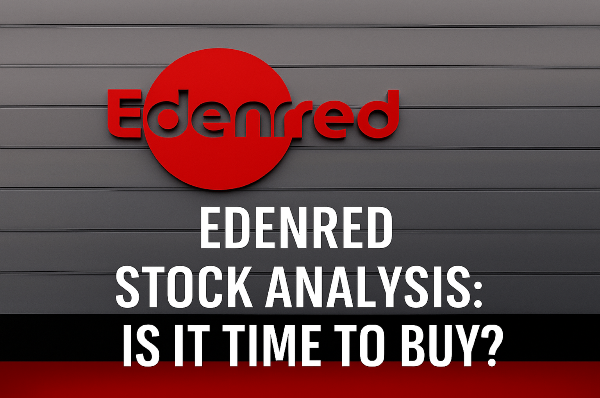

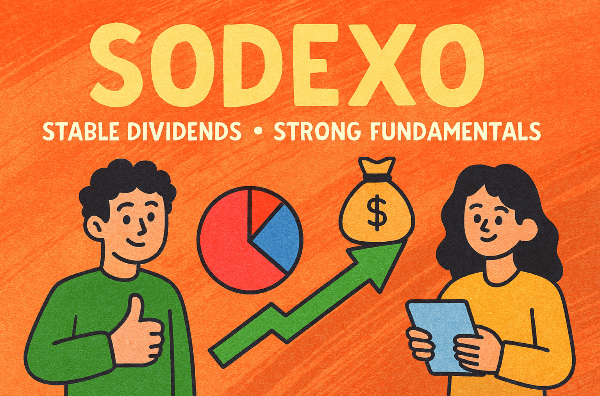
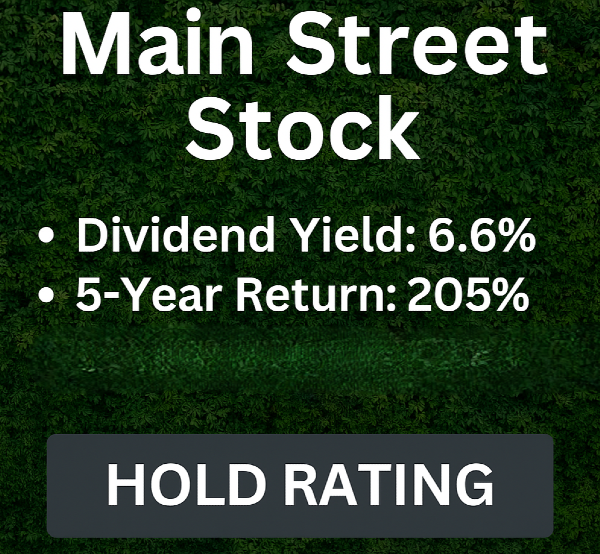
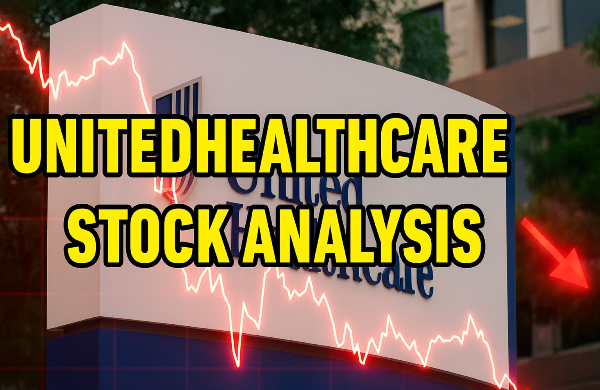
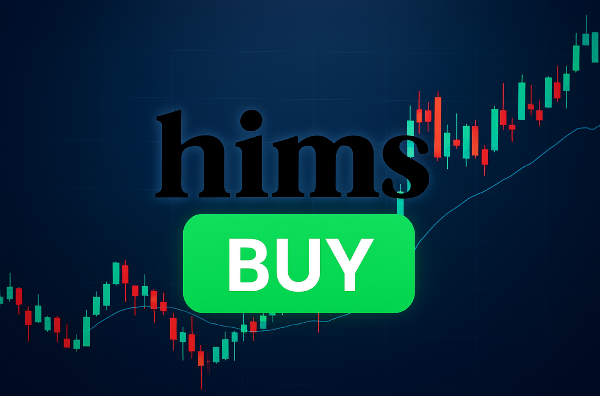
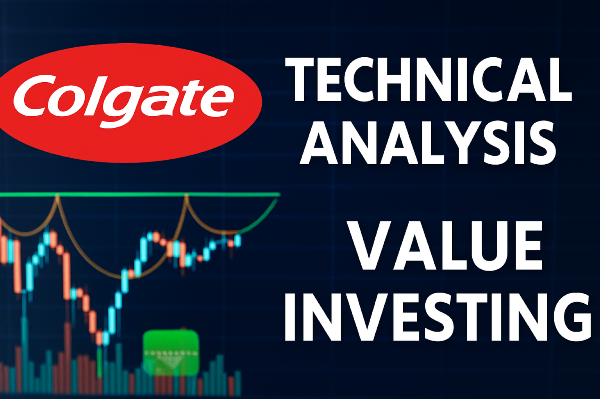
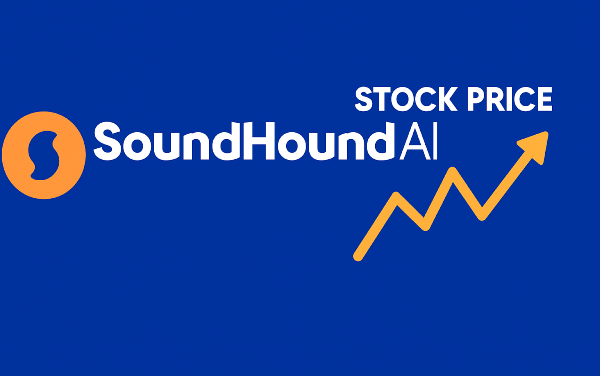

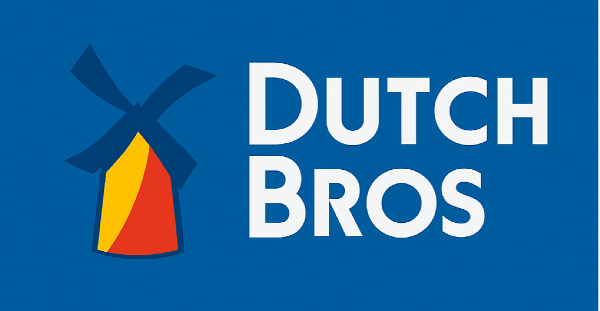

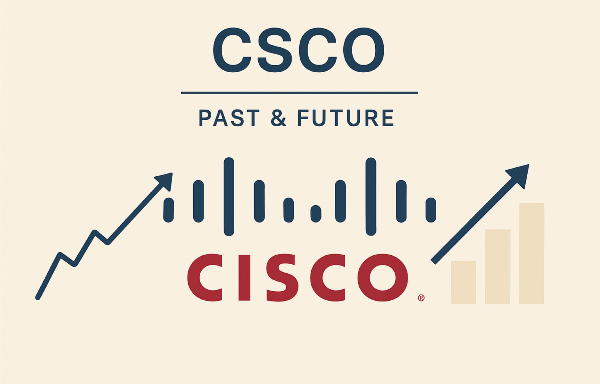
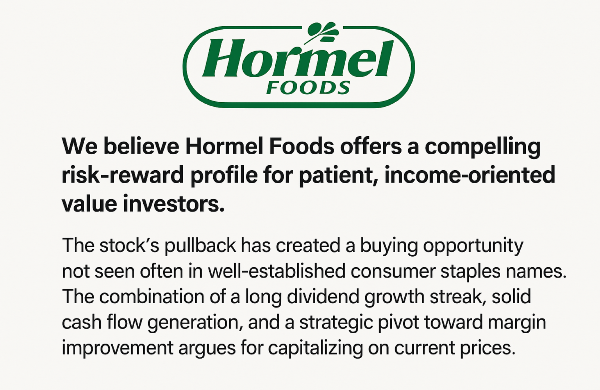
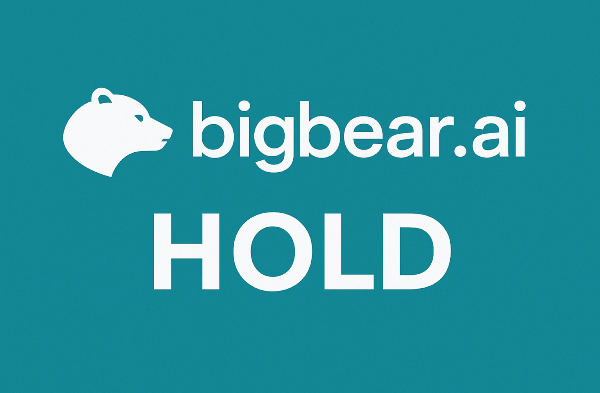

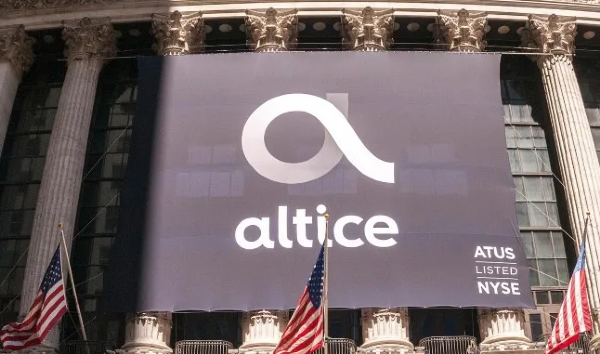
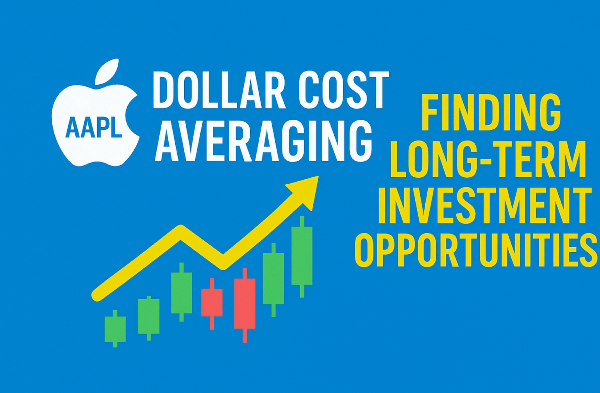




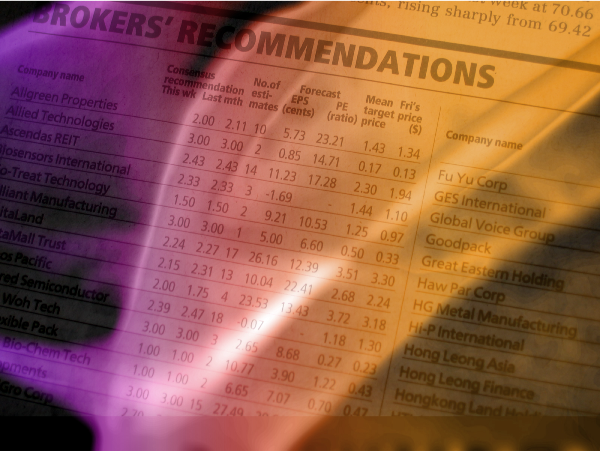








Good day fellow investors. Today we’re digging into Edenred, the prepaid corporate payments specialist spun off in 2008. A suggestion from Stefan popped up on my research platform: a pay ratio of 10, a 5% dividend yield, and 10% projected growth. With the stock now trading at roughly a third of its earlier highs, it’s time to see if these metrics—and the business behind them—still make Edenred compelling.
Robust, Scalable Business Model
At its core, Edenred offers earmarked payment solutions. Corporations preload digital cards and mobile apps with employee benefits—mostly used for meals. This creates a powerful network effect:
On the surface, everything looks solid. Edenred operates in 45 countries, with diverse revenue streams. But no model is flawless. Italy enforces regulatory caps on meal vouchers. France is debating reforms that could squeeze margins. And a recent acquisition in Brazil has added complexity and debt. Still, expanding network effects could offset those headwinds by driving higher usage and stickiness.
Dividend and Buyback: Double-Digit Yield
Edenred’s capital return policy is eye-catching. They just announced a €600 million buyback—over 10% of market cap—on top of a 5% dividend yield. Combined, shareholders are looking at more than an 11% immediate yield. That’s aggressive for a business of this scale, but it also signals management’s confidence in cash flows.
Risks lurk on the horizon. High buyback levels increase financial leverage, and Edenred already carries significant debt. We’ll revisit that.
Financial Performance and Growth Trajectory
Edenred has delivered consistent top-line expansion without sacrificing margins.
Cash flow generation remains robust, funneling primarily into dividends and share repurchases. Yet sizable acquisitions funded by cash raise a flag: if those deals flop, Edenred could be stuck with debt and underperforming assets.
Below is a snapshot of key financial metrics:
Core Business Lines
Edenred splits its operations into three main divisions:
This diversification across solutions smooths out volatility in any single segment. The company is undergoing digital transformation, migrating from paper vouchers to fully digital wallets. It’s a capital-light model with high cash flow visibility—but heavily dependent on favorable regulation in each market.
Competitive Landscape
A direct rival is Plexi, a recent spin from Sodexo. Like Edenred, Plexi focuses on corporate payments and employee perks. Plexi already shows a net positive cash position, whereas Edenred carries debt. Another private player, UPGroup, competes on product offerings but isn’t publicly traded. At present, none hold a commanding moat over the other—entry barriers exist but are surmountable for large incumbents.
Regulatory and Macro Risks
Edenred faces both opportunities and threats from regulation. Caps on voucher value in Italy, potential tax changes in France, and evolving digital wallet standards could dent profitability. On the macro side, a deeper recession or job losses from AI automation would reduce demand for meal vouchers. Still, a diversified global footprint should soften region-specific shocks.
Global Footprint and User Base
Edenred’s platform connects:
Growth remains underpinned by geographic expansion. Taiwan is a recent success story; the US remains untapped. Management targets €5 billion in total revenue, implying mid-high single-digit annual growth.
Valuation and Total Return Potential
A year ago, Edenred’s strong growth story was fully priced in. Today, at roughly a third of those levels, you get:
That equates to a 15–20% annualized return if projections hold. However, keep in mind the stock is down for reasons: negative equity from the spin structure, lingering acquisition debt, and external risks.
Upcoming Catalysts
Mark your calendars for November 4: Edenred’s capital markets day. Management will likely outline the next leg of growth, clarity on debt reduction, and digital rollout plans. That event could swing sentiment sharply.
Plexi Comparison: Another Spin to Watch
Plexi has already slid 50% post-spin, making its entry point tempting. Like Edenred, Plexi is growing through client wins and M&A across Europe and Latin America. Key differences: Plexi holds net cash, while Edenred bears debt. Both report improving gross margins, but Plexi’s absolute scale and revenue diversity are smaller. If Plexi reaches Edenred’s margin profile, it could rerate substantially.
Investor Takeaways
I’ve bought both Edenred and Plexi for a mid-position in my portfolio. Upside drivers include underpenetrated markets, network effects, and healthy cash generation. Downsides are debt levels, regulatory shifts, and macroeconomic headwinds. At current valuations—implying 10–15% upside just from yield plus growth—the risk/reward seems attractive, provided you monitor upcoming reforms and the November event.
Verdict: Based on the robust business model, compelling capital return, and discounted valuation, Edenred is a Buy.
Check out these five stocks that share Edenred’s corporate payments DNA—and see how they outperform EDNMY! 🚀
https://youtu.be/ZirO4h6R43A?si=hPPusVC-2EvUP0cU